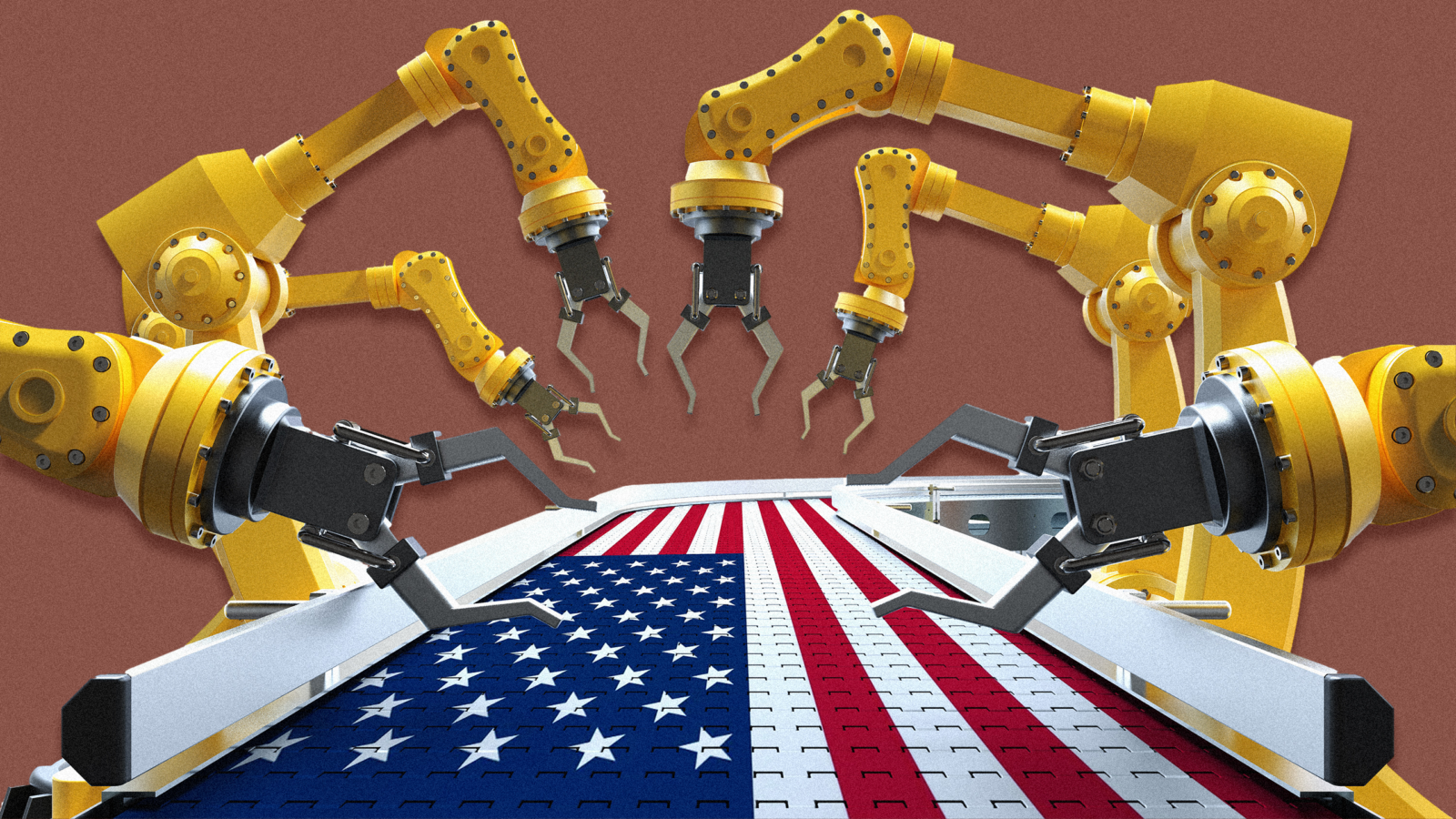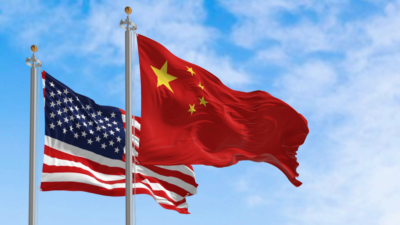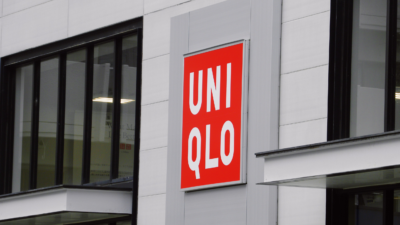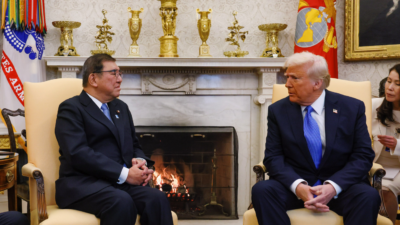Intel Takes an L, Pulling Back From Chip Biz Altera
Altera specializes in a type of semiconductor that’s used in a variety of industries including telecom, defense, and robotics.
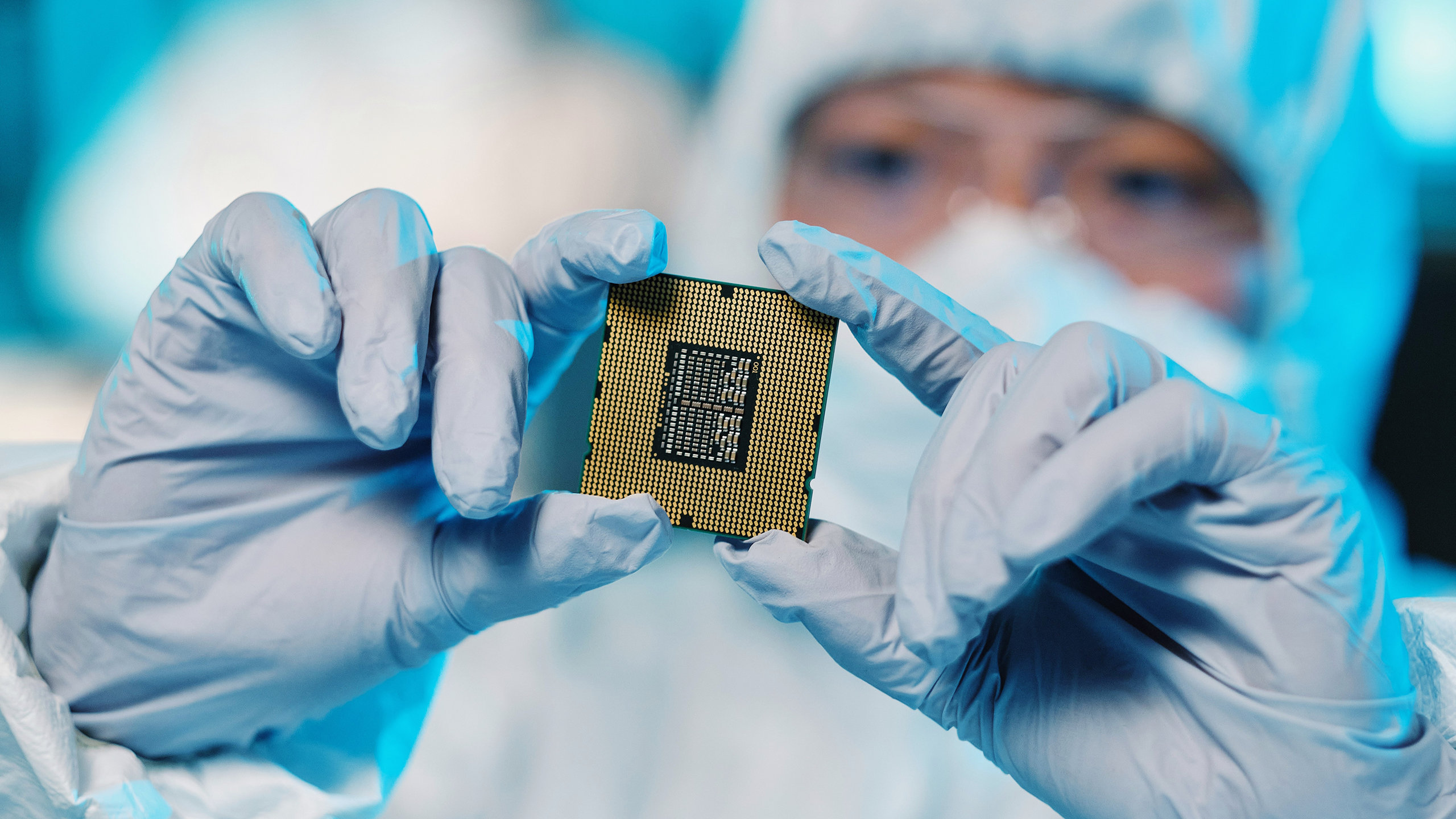
Sign up for smart news, insights, and analysis on the biggest financial stories of the day.
The chips are down, and Intel’s cashing out.
On Monday, Intel said that it plans to sell a majority stake of chip biz Altera to buyout firm Silverlake in a deal that values Altera at about half of what the chipmaker bought it for 10 years ago.
Playing Catch-up
Altera specializes in a type of semiconductor called a field program gate array (FPGA) that’s used in a variety of industries including telecom, defense, and robotics. The market for FPGAs is expected to more than double from last year to 2029. A decade ago, Intel scooped up Altera for nearly $17 billion in a bid to break into the FPGA market (its biggest deal ever), but Altera lost ground to competitors like Advanced Micro Devices (AMD) over time. Last year, Altera’s $1.54 billion in revenue made up just 3% of Intel’s sales, and it notched a $615 million operating loss. Now, Intel’s cutting its losses, selling off 51% of Altera in a deal that values the company at less than $9 billion.
That’s just the way it’s been going for Intel lately, as the stumbling former No. 1 chipmaker searches for revival after surrendering its silicon throne to Nvidia:
- Intel now has one-thirtieth the market cap of Nvidia as investors continue to lose confidence in the onetime industry leader. While Intel was expanding into FPGAs with Altera, Nvidia was focused on graphics processing units (GPUs), the chips that ended up leading the AI boom and now power neural networks like OpenAI’s. Intel declined a chance to invest in OpenAI in 2017, a deal that reportedly could’ve given the chip company up to a 30% stake in the ChatGPT-maker.
- After falling behind Nvidia in chip design, Intel has doubled down on manufacturing; Nvidia and Broadcom are both said to be testing out using Intel to make their chips, which could bite into chip manufacturer TSMC’s dominance in the space. But TSMC won’t let Intel take over its piece of the supply chain so easily. TSMC plans to spend $100 billion on stateside chip manufacturing in the next four years as chipmakers ramp up domestic production ahead of chip tariffs that the White House has said it will announce this week.
Meanwhile, Intel has faced delays building new US factories that it poured tens of billions of dollars into.
Never Too Big to Fall Behind: AI wasn’t the only trend Intel passed on: Arm dominated mobile after Intel turned down a deal to make chips for iPhones. At the same time, AMD has been nipping at Intel’s heels when it comes to computer processing units (CPUs) used in servers and laptops. Intel’s revenue fell for three straight quarters ending in December, and the chip company forecast its revenue would come in below analysts’ expectations when it reports first-quarter results next week.
